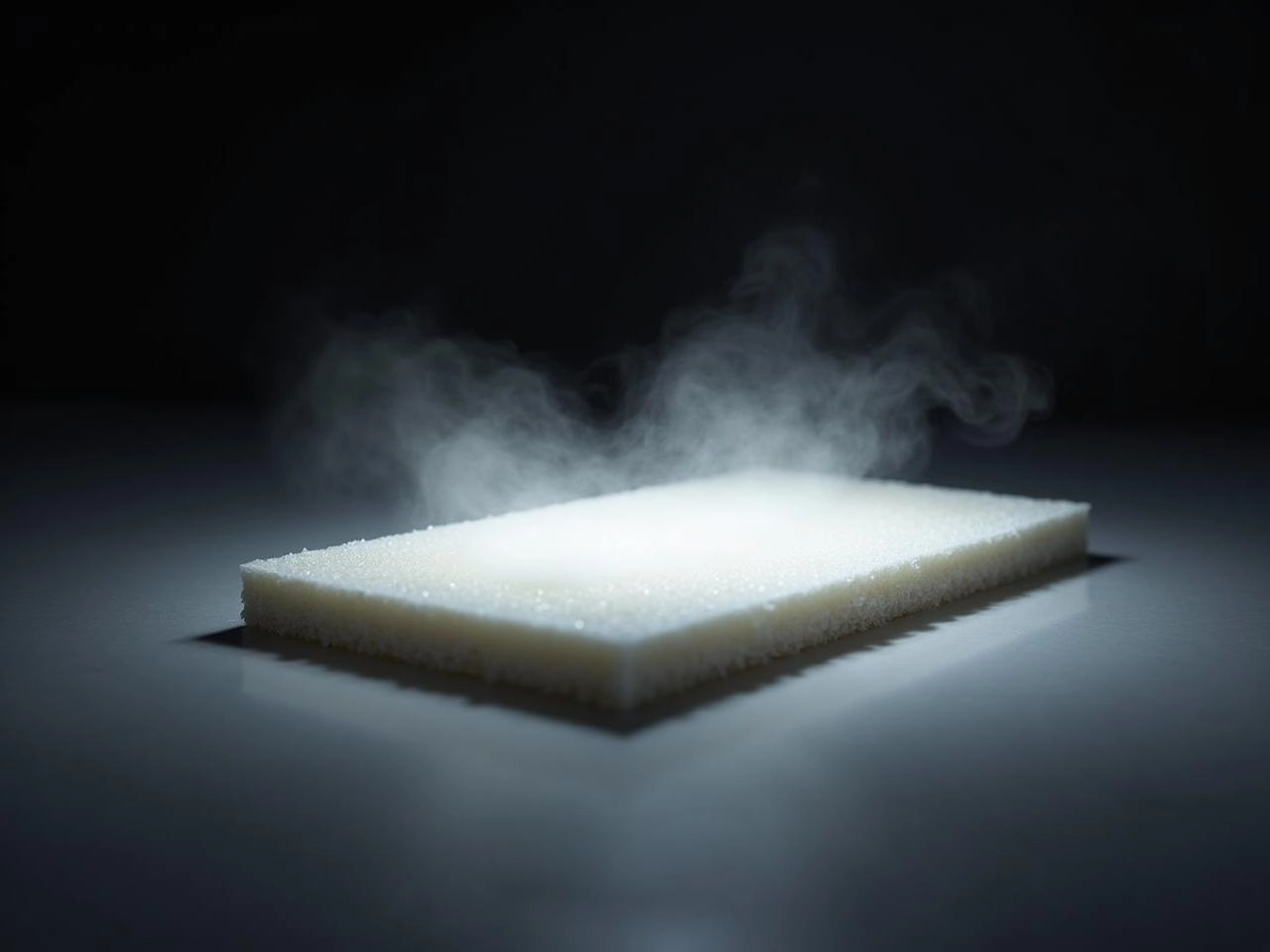Audio isolation materials, particularly viscoelastic polymers, are subject to environmental variables like temperature and humidity. These factors directly alter the material’s stiffness (or compliance) and damping coefficient, shifting its optimal resonant frequency and potentially reducing its effectiveness. Understanding these impacts is crucial for maintaining consistent, high-fidelity audio performance “.
The Thermoplastic Relationship with Temperature
Most polymer-based isolation materials, including rubber and silicone, are thermoplastic—their properties change with heat.
- Effect of Heat: As the ambient temperature rises, these materials become softer and more compliant. This lowers the material’s natural resonant frequency. While a lower resonant frequency is often desirable for decoupling, excessive heat can make the material too soft, leading to material creep or compression set, permanently compromising its structure and load-bearing capacity “.
- Effect of Cold: Conversely, lower temperatures cause the materials to stiffen (increase their Glass Transition Temperature). A stiffer material becomes less effective at damping higher frequencies and raises the resonant frequency, potentially bringing it into the audible range and exacerbating vibration issues.
Humidity and Material Ingress
Humidity primarily affects materials that are porous or contain filler components.
- Porous Materials (Cork/Foams): Materials like cork or open-cell foams will absorb moisture from the air. This moisture increases the material’s mass and can change its physical density and damping characteristics. Over long periods, moisture absorption can lead to degradation or even mildew, especially in non-engineered, DIY solutions.
- Non-Porous Materials (Microcell Foam): Engineered materials like the closed-cell structure of Microcell Rigid Foam are non-porous and highly resistant to moisture ingress. This structural stability ensures that the material’s critical physical properties (density, stiffness) remain consistent regardless of ambient humidity, providing reliable performance year-round.
H3: Ensuring Consistency with Engineered Solutions
To negate the environmental impact, choose engineered solutions with high material stability. The goal is a mat that maintains a stable durometer (hardness) and damping coefficient across a wide temperature and humidity range (e.g., 5°C to 40°C). This stability ensures the material’s decoupling frequency remains predictable, providing consistent acoustic benefits.
Q&A on Environmental Factors
Q: Can direct sunlight damage my isolation mats? A: Yes. Exposure to direct UV light and excessive heat can accelerate the degradation of polymers, causing them to dry out, crack, or become permanently compressed (compression set), which voids the product’s effectiveness. Always keep audio gear and mats out of direct sunlight.
Q: Do I need to worry about the temperature of my electronics? A: Yes. Components like amplifiers or power supplies can run hot, increasing the localized temperature of the isolation mat directly underneath. High-quality isolation materials must be engineered to withstand this continuous localized heat without softening, ensuring consistent long-term performance.
